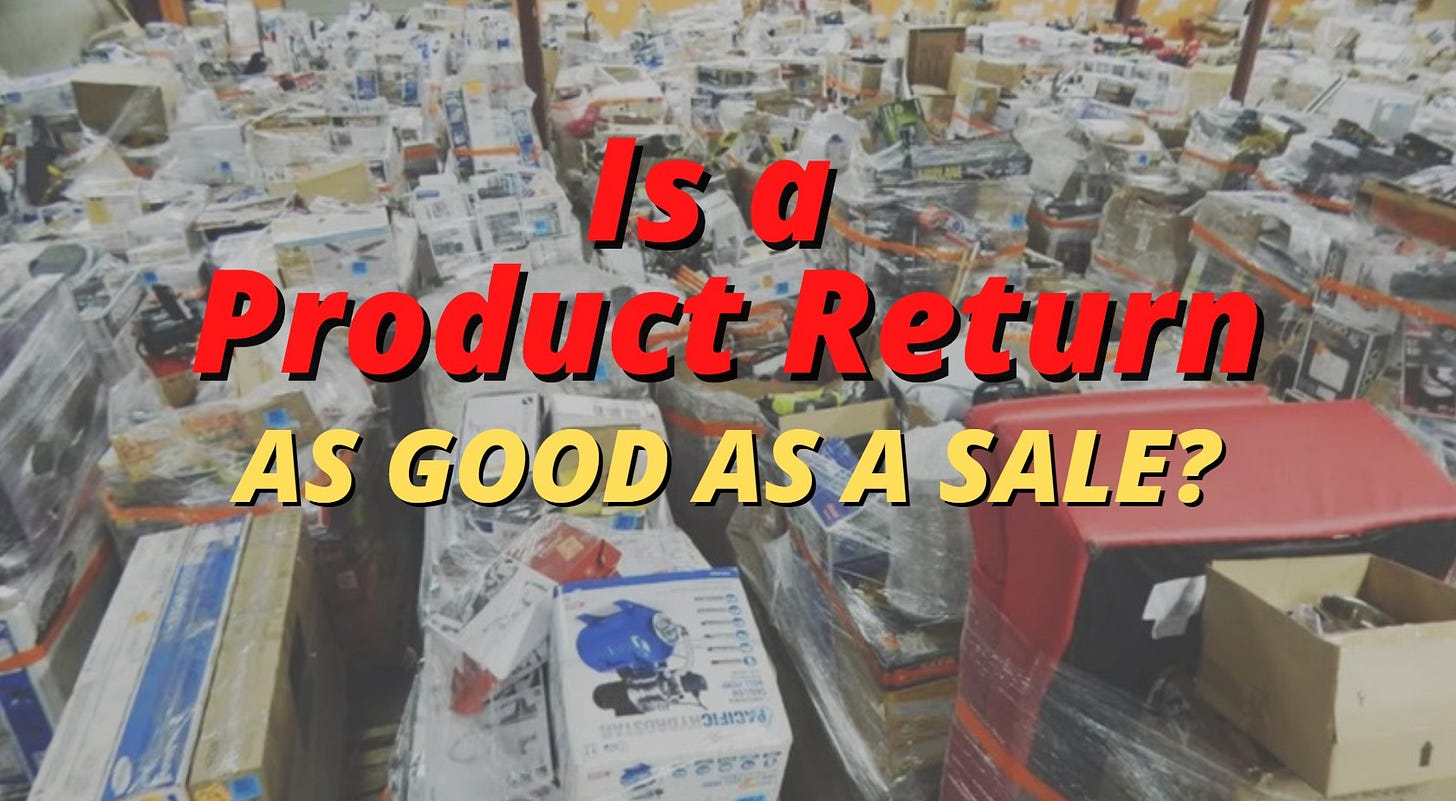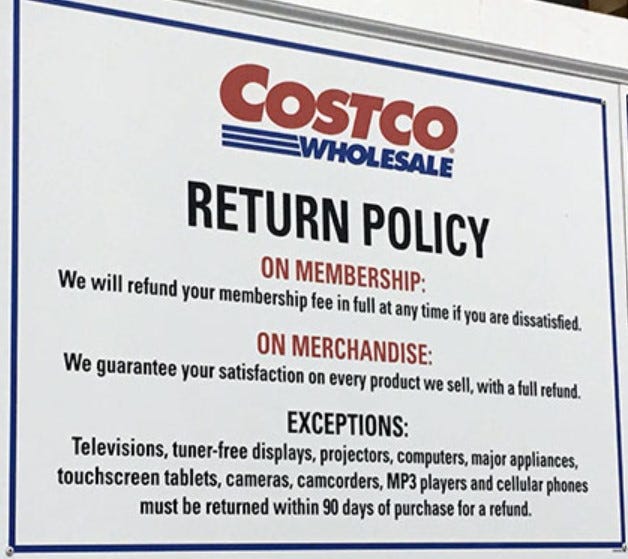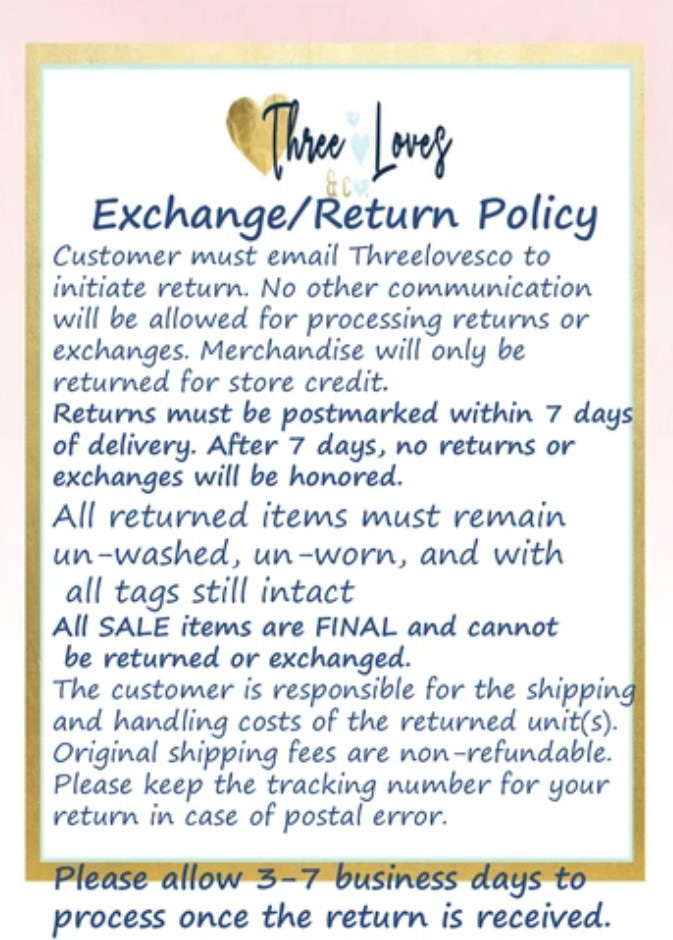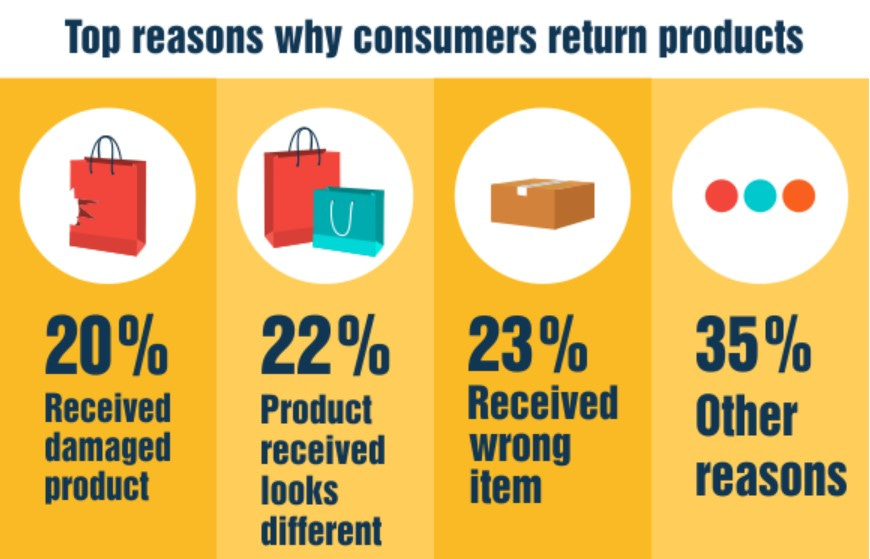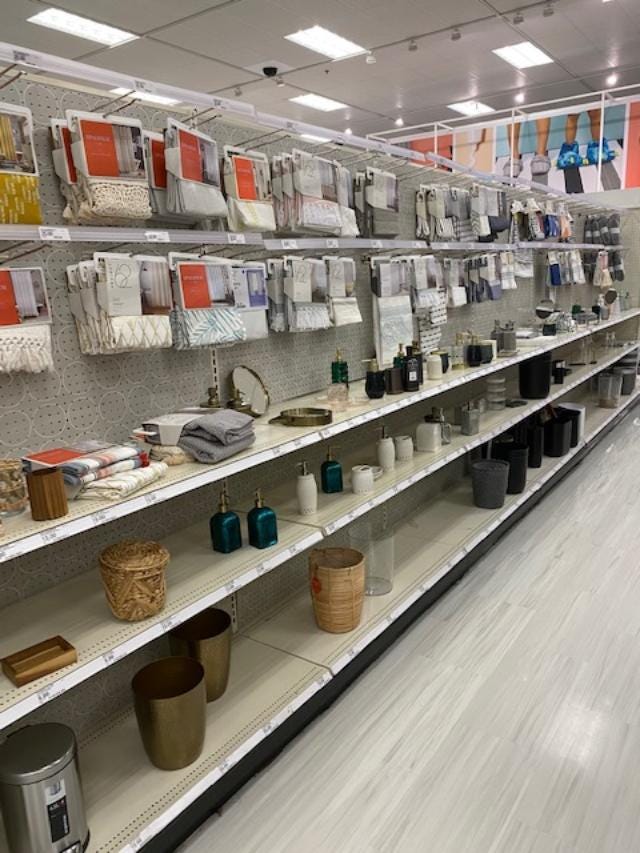*Is a Product Return as Good As a Sale?*
A transaction that many merchants see as negative can be flipped into a huge win for retailers. Here's how!
Is a Product Return as Good As a Sale?
I can honestly say that after 30 years in the retail business, I struggle to remember meeting any merchant that loved product returns. While they are a fact of life, the general perception is that returns reduce sales, result in a product that needs to be returned to the vendor or salesfloor, or possibly destroyed, increase logistics costs, and probably create a bit of a grumpy customer (they don’t love returns either).
That said, there are many merchants that manage the returns effort, at least from the consumer-facing side, quite well. Of course, there are plenty of others whose return processes tend to make “a bad situation worse”.
I learned a long time ago that handled properly, returns can be a value-add for any retail business. This belief was borne out of physical stores, where there is an opportunity for a face-to-face engagement with the customer, but many of the positive benefits of a return can be realized by online sellers as well. I will jump into how to achieve this in a moment.
Let’s start, however, with the status of returns in the Retail Industry.
In 2020, U.S. retail returns totaled $428 billion. That's 10.6% of total retail revenue. Yep, almost 11% of everything we sell gets returned.
Selling online only? The numbers become more challenging. Almost 30% of purchases made online are returned, versus 9% for physical stores. In fact, 40% of online purchasers of apparel buy more than one item with the intent to return all but one of those items. Home is a new version of a fitting room! Considering e-commerce sales grew 32% in 2020 and continue to increase this year, the return challenge will only become more significant.
Why are return rates so high?
According to McKinsey, much of the challenge is created by retailers themselves. “Returns journeys present numerous opportunities to disappoint consumers and limited potential to strengthen relationships. As a result, 86 percent of survey retailer respondents agree that a lenient returns policy is critical to increasing revenue and share of wallet, and 75 percent agree returns are a necessary evil. According to our research, managing returns is not among the top five priorities for a third of retailers—and a quarter of the retailers surveyed don’t do so efficiently and effectively. Consumer-friendly retailers feel obliged to accept high levels of returns. A particular constraint for department stores is that often the consumers with the highest returns rates are among their most valuable customers.”
We all know the consumer is very smart, and they have leveraged the philosophies above:
92% of consumers will purchase from a store again if returns are easy.
58% of consumers want a “no questions asked” return policy.
79% of consumers want free return shipping for online purchases.
67% of consumers check the return policy before making a purchase.
62% of consumers are more likely to buy online if they can return the item in-store.
78% of consumers will share their negative shopping experience online.
It’s clear that returns are here to stay. There are certainly ways to reduce return rates (we will touch on a few ideas a bit later) and drive costs out of the holistic returns management process (we can do a deep dive in a future issue; drop me a note if you are interested).
But for now, let’s focus on turning a consumer product return into a net positive.
The overriding goal here is to ensure your customer is highly satisfied with the return process and that you, as the retailer, first keep your positive relationship with the customer (always remember it’s far less expensive to retain a current customer than to acquire a new one) while, as a second priority, you recover as much of the value of the original sale as possible.
Here’s the plan:
How to Reduce Product Returns
As promised above, here are a few ways to reduce product returns, especially for online merchants:
Accurate Product Description: Describe all your products accurately and in as much detail as possible. If customers know precisely what they are purchasing, they are less likely to be disappointed and return the item.
Encourage Customer Ratings and Reviews: Social proof is a must when it comes to purchase decisions online. But reviews serve an additional purpose as they communicate additional details about a product to perspective buyers. The more the shopper knows about a product, the greater the likelihood they will be satisfied with the purchase, avoiding a potential return.
Long story short, concluding a return with a highly satisfied customer, and possibly selling them some more stuff, easily turns what many perceive to be a negative transaction into a true value-added process for your business.
What Do You Think:
Per the New York Times, Supply-chain Kinks Aren’t Going Away Soon.
“The shortages of components and difficulties in shipping goods that have plagued global supply chains haven’t eased as quickly as people had expected. That’s worrying corporate leaders, as shown by yesterday’s earnings reports — and is putting more of a focus on rising inflation, to boot.
Here’s what companies said last week:
G.E.: “We’re feeling the impact of supply-chain disruptions in many of our businesses, with the largest impact to date in health care,” said Larry Culp, the conglomerate’s C.E.O.
Sherwin-Williams: The availability and cost of raw materials led the paint company to report a 30 percent drop in quarterly profit from a year ago.
Hasbro: “Our airfreight expense was much higher in the third quarter than it typically is, and we do expect it to be higher in the fourth quarter,” said Deborah Thomas, the toy maker’s C.F.O.
Those issues are feeding into rising inflation. Companies across the board have been raising prices. For example, The Times’s Kim Severson reports, nearly every part of Thanksgiving feasts — from baking tins to turkey — will cost more this year. But a big question is how much companies can raise prices without hurting sales. (Hasbro, for one, isn’t planning on big hikes despite its higher shipping costs and forecasts of high demand for holiday gifts.)
What do you think? Let me know.
Retail News You Can Use:
Cool Pics:

Sponsored Content
Interested in Learning How You Can Own Your Own Doughnuttery?
Since 2012, Doughnuttery has been satisfying doughnut lovers with our exciting offering of hot, fresh, uniquely sugared mini doughnuts. Our doughnuts are made fresh to order and topped with proprietary sugar blends featuring the highest quality ingredients. This allows us to create many fun and delicious flavor combinations. Add a hot or cold beverage and the result is very happy customers!
The Doughnuttery business model offers multiple revenue streams, is very affordable, can exist in in a very small footprint and features low food costs which create high margin potential.
Click here to learn more about this exciting, new franchise offering.
DISCLAIMER: This information is not intended as an offer to sell, or the solicitation of an offer to buy, a franchise. It is for information purposes only. This offering is made by prospectus only.
Quotes of the Week:
“The odds of going to the store for a loaf of bread and coming out with only a loaf of bread are three billion to one.” ‒ Erma Bombeck
“There is only one boss. The customer - and he can fire everybody in the company from the chairman on down, simply by spending his money somewhere else.” - Sam Walton
“The key is to set realistic customer expectations, and then not to just meet them, but to exceed them - preferably in unexpected and helpful ways.” – Richard Branson


